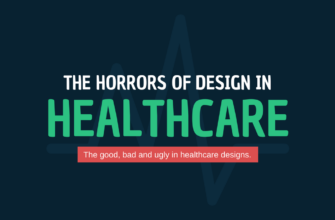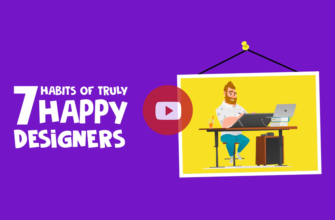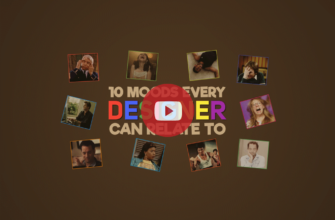It is a commonly known fact that when people are anxious, their thought processes are automatically narrowed down, making them focus on aspects that are directly pertinent to a problem. This useful strategy comes in handy when escaping from danger, but fails to prove its mettle when it comes to conjuring up imaginative new approaches to a problem. On the other hand, research has proven that when people are happy and relaxed, their thought processes are considerably enhanced, becoming more imaginative and creative in the process. This is what we learn from all inspirational quotes about emotional design.
These and related findings hint at the role aesthetics play in product design: eye catching designs make people feel good, which makes them think more creatively in turn. This makes it easier to use something by making it easier for people to find solutions to the dilemmas and issues they encounter.
Though designers might not want to own up to it, especially to their clients, but all design work is not created equal. Here we are not referring to the “good” and “bad” design in general, but rather the three levels of emotional design. In his book titled, “The Design of Everyday things”, Donald Norman talks about three levels of design- Reflective Level, Behavioral Level, and the Visceral Level- and how they go hand in hand in playing a detrimental role in determining how people dislike or like a product. To put it in a nutshell, these three levels when combined, decide the success and adaptability of your product.
Norman suggests that when using a product, our emotional state affects the utility we derive and our experience. People in positive emotional states are prone to be more creative since their thinking is more expansive and helps them in finding alternatives to the problem at hand. A negative or stressful emotional state constricts perception and narrows down our focus to quickly find a resolution–that’s how nature has programmed us to deal with threats. Here is a breakdown of the three levels of design and how they translate to good design:



